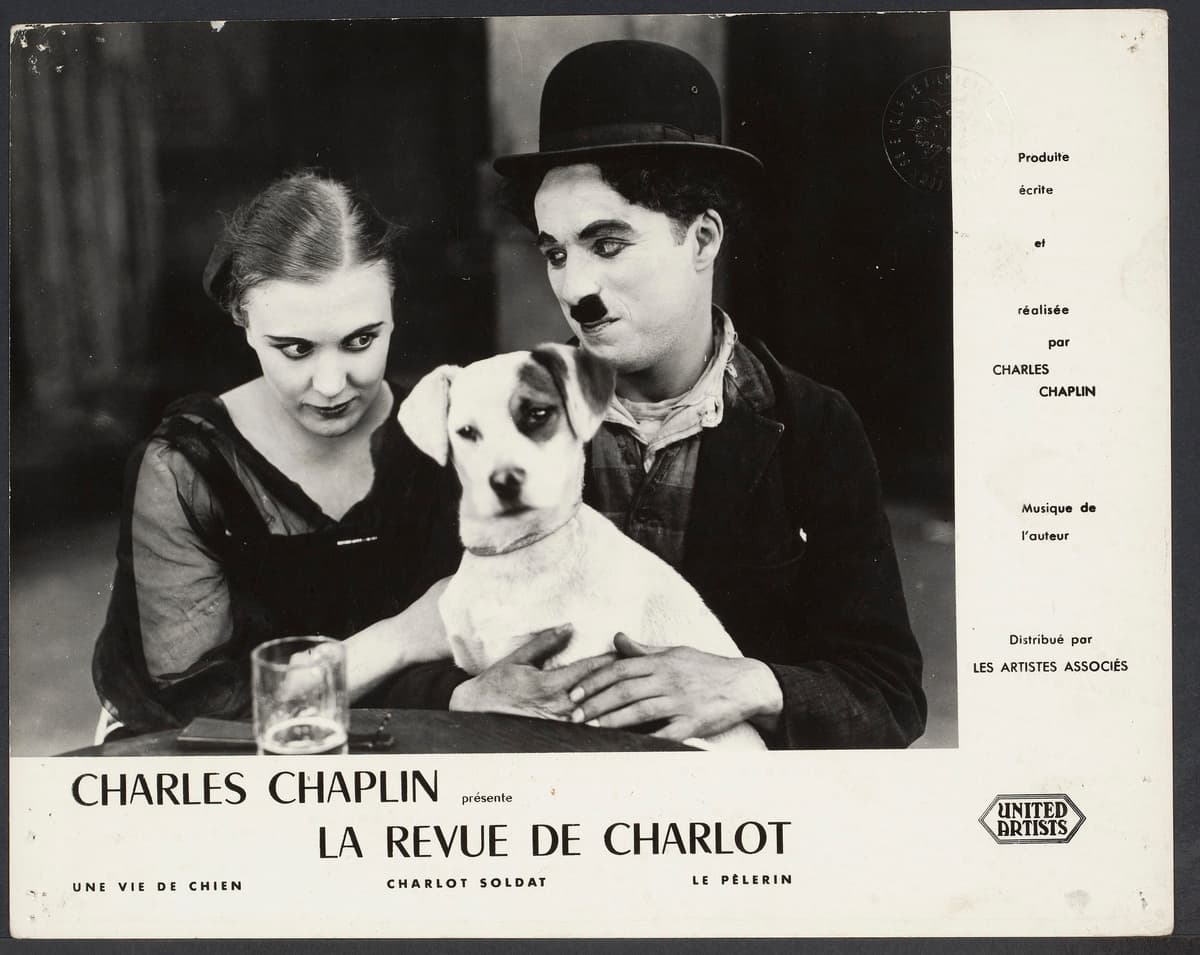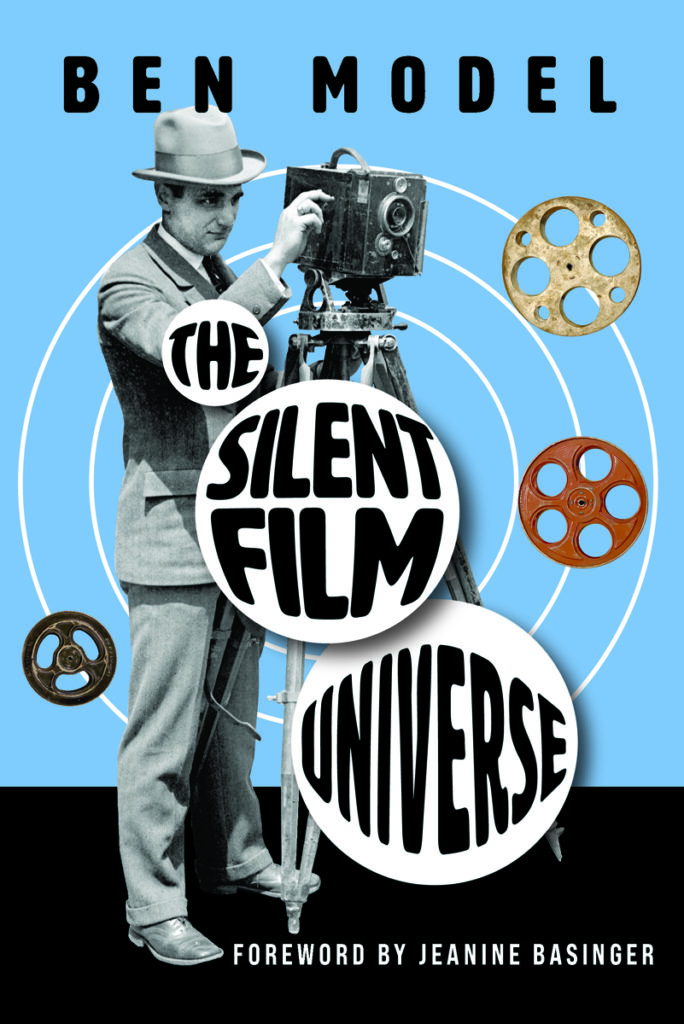New Book Answers Question of Why Recent Generations Are Resistant to Silent Cinema
Gen Zers, in particular, avoid silent movies not so much because they feel them antiquated or boring, but because they engender anxiety. The level of attention required can be too much to ask.

‘The Silent Film Universe’
By Ben Model
Undercrank Productions, 211 Pages
In a new book, “The Silent Film Universe,” Ben Model enumerates the characteristics peculiar to the title subject, but once and only once does he indulge in the liberal use of italics, to wit: “There is no wasted screen time in silent film.”
In describing how the nature of silent cinema invites a level of remove from the real world, Mr. Model underlines why recent generations of cinema-goers are resistant to the art form. Gen Zers, in particular, avoid silent movies not so much because they feel them antiquated or boring, but because they engender anxiety. The level of attention required can be too much to ask from a generation weaned on distraction.
When watching Victor Sjostrom’s “The Wind” (1928) or a Harry Langdon vehicle directed by Frank Capra, “The Strong Man” (1926), “you can’t get up to go to the bathroom … check your watch or (gasp!) look at your phone, and then look back up at the screen, you’ve missed something.” Visuals carry the information, not dialogue. The constraints of the form led to an economy of means that the best filmmakers of the day yoked to maximum effect.
Prior to the advent of technology that allowed talking in movies, silence wasn’t considered a constraint: It was the way things were. Mr. Model writes that “rather than being merely handicapped form of cinema … [silent film] is actually the opposite.” He points to how the absence of certain attributes we now take for granted — not only sound but color and variations on rhythm — allowed for a liberty of artistic intent, elevating the silent filmmaker “above the constraints of literal narrative, logic, and–in the case of action (gags, stunts)–even gravity himself.”
Mr. Model knows a thing or two about gags. He helped organize the Silent Clowns Film Series, a monthly program that has appeared throughout New York City and Long Island since 1997. Beside being a movie buff, Mr. Model is an accomplished musician and has been a resident silent film accompanist at the Museum of Modern Art for four decades. Since 2009, he’s held similar responsibilities at the Library of Congress and has traveled the country tickling the ivories in service of pre-talkie movies.

He’s a proselytizer, our Mr. Model, and now a professor at Wesleyan University, where much of the prepwork for the new book took place. A boon for the general reader is that the erstwhile pianist hasn’t adopted the obtuse and often grudgeful cant typical of academic writing. Having attended a number of Silent Clowns film events, I can attest that Mr. Model is as clear in his prose as he is menschlich in his public appearances. Although “The Silent Film Universe” has its repetitions over the course of 200-some pages, the book is approachable, accessible, and sharp in its delineations. It’s a pleasure to read.
The longest chapter is devoted to the pace of silent cinema, a subject to which Mr. Model has proven to be something of a sleuth. Having accompanied silent films for many years, the author began to take note of how variations in the frames-per-second would affect the character of a given picture: “Why do dramatic silents feel sluggish at a certain projection speed and ‘better’ at a slightly faster one?” Comedies, too, benefited from a specific rate of projection.
Mr. Model went into the technological weeds in the attempt to untangle this dilemma. The key was a Charlie Chaplin short, “A Dog’s Life” (1918), in which the little tramp seemed to be acting out of character, a failing that was remedied by a speedier rate of projection. “What dawned on me was that the people making the films definitely knew the film would be shown faster in theaters and utilized the speed-up by moving or creating movement at a different and specific pace for it.”
Working with members of New York City-based theatrical troupes, Mr. Model engaged in experiments with film speed, utilizing technologies both old (the human body) and new (iPhone film apps). Through a series of takes, Mr. Model and his actors came up with routines that were subsequently altered in terms of tempo, usually done at a slower pace and with brief pauses or “commas” in action. “What we ended up with looked like silent film … and not just film that is running faster.”
The only thing on which Mr. Model remains mum is the scoring and playing of music, a pursuit he considers an “ancillary part of the medium.” So let me end by iterating a sentiment that our erstwhile accompanist often hears at the ends of silent film screenings: “This was way more fun than I thought it was going to be.” Mr. Model has written a book that deserves a place on the shelf of any serious cinema-goer.

